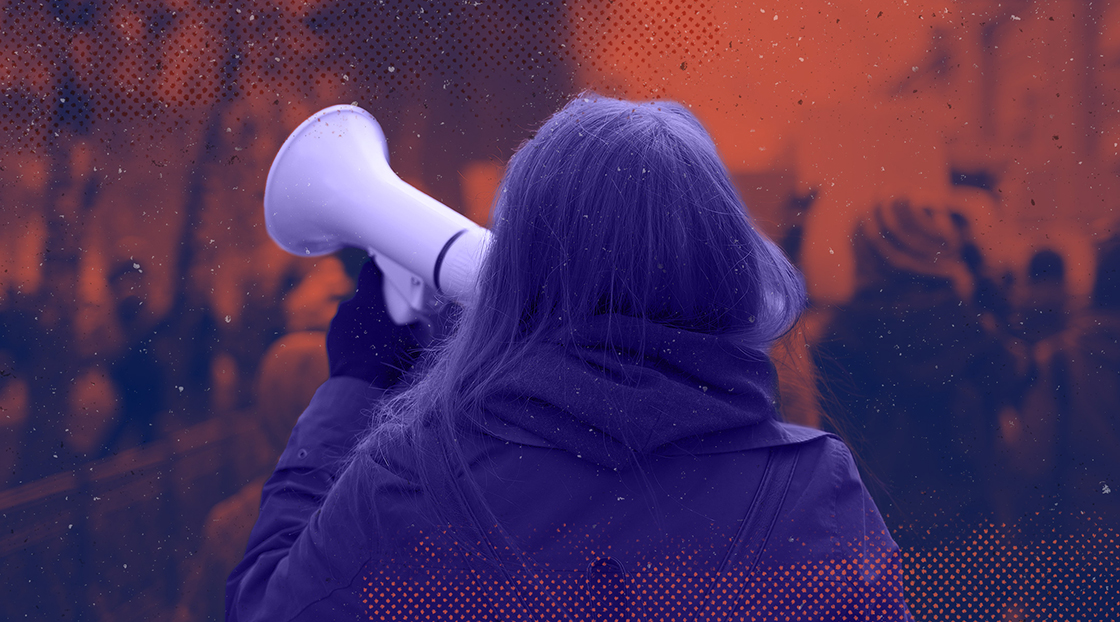Lessons for Higher Ed Leaders
As the spring semester concludes and students leave campus, Shahvedrian thinks more will come to light about why certain campuses have done a better job at negotiations and de-escalation than others.
“I think one clear lesson is that the immediate use of force, as we saw at Columbia, often was really ineffective in stopping protests and, in fact, escalated the protests generally and broadly,” she said.
She also hopes institutions will spend time training on the principles of freedom of expression, in addition to when it crosses over and becomes harassment like the antisemitic comments that Shafik detailed.
“Our hope is that campuses can really learn from this moment to do proactive work moving forward,” she said. “It’s really a sustained effort to build free expression and civil discourse into the fabric of institutions.”
As a result of the events, Papazian is encouraging governing boards to ask their presidents if they’ve updated their policies recently.
“Are they aligned not with what was done 40 years ago, but what’s been done in the last three to five years?” she said. She pointed to the fact that the 2017 Unite the Right rally in Charlottesville, Virginia prompted the university she was president of at the time to revise its time, place and manner restrictions.
“We can anticipate that in a very divided world and a very divided political season when we come back in the fall and campuses are fully populated, we’re going to be headed into a crisis,” she said.
In a May 9 opinion piece that discussed how universities need to engage in serious soul-searching as a result of the protests, Shafik said, “Rather than tearing ourselves apart, universities must rebuild the bonds within ourselves and between society and the academy based on our shared values and on what we do best: education, research, service and public engagement.” To contribute to the common good in a crisis such as the one in the Middle East, she said institutions can teach students about the issues, arranging joint study visits and research programs and enabling conversations that cannot happen in the halls of power.








